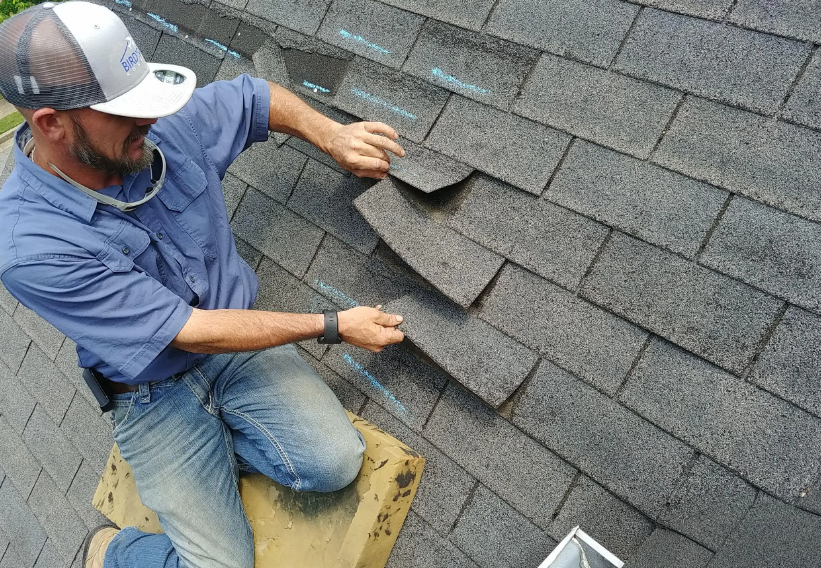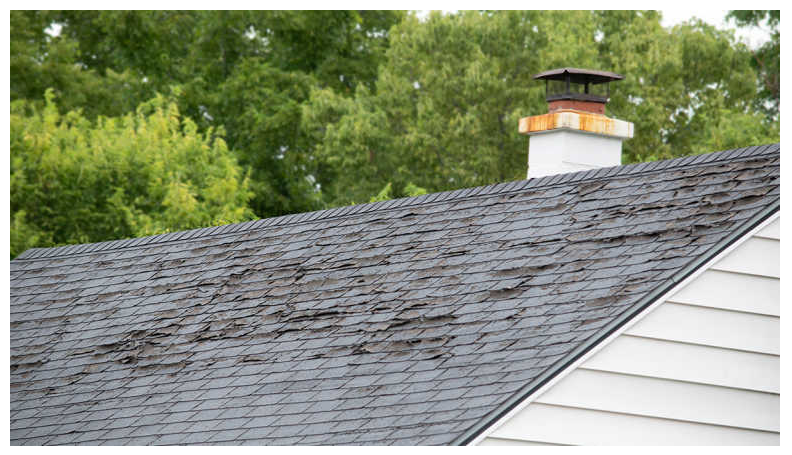Maximizing Your Investment Tips for Getting the Most Out of Your Roof Replacement
Discover expert tips on how to make the most out of your roof replacement investment and ensure long-lasting benefits.
Choosing the Right Material
When it comes to roof replacement, one of the most important decisions you'll need to make is choosing the right material. The material you choose will not only impact the aesthetic appeal of your home but also its durability and longevity. There are various options available, such as asphalt shingles, metal roofing, and tile. Consider factors like cost, durability, and maintenance requirements to make an informed decision.
Another important consideration is the climate in your area. Different materials have different levels of resistance against extreme weather conditions. For example, if you live in an area prone to hurricanes or heavy snowfall, you may want to choose a material that can withstand these conditions.
Additionally, think about the architectural style of your home and how the roofing material will complement it. Certain materials may be better suited for traditional or modern designs. Take your time to research and consult with roofing professionals to choose the right material for your roof replacement project.
Selecting a Reliable Contractor
Selecting a reliable contractor is crucial for a successful roof replacement project. The right contractor can ensure high-quality workmanship, timely completion, and adherence to safety standards. Here are some tips for selecting a reliable contractor:
- Ask for recommendations from friends, family, or neighbors who have recently had their roofs replaced. Their firsthand experience can provide valuable insights.
- Research online and read reviews from previous customers. Look for contractors with positive reviews and a good reputation in the industry.
- Verify that the contractor is licensed and insured. This protects you from any liabilities in case of accidents or damage during the project.
- Request quotes from multiple contractors and compare them. However, be cautious of extremely low bids as they may indicate subpar materials or workmanship.
By taking the time to find a reliable contractor, you can have peace of mind knowing that your roof replacement project is in capable hands.
Understanding the Installation Process
Understanding the installation process is essential for homeowners embarking on a roof replacement project. While it's recommended to leave the actual installation to professionals, having a basic understanding can help you communicate effectively with your contractor and ensure that the work is carried out according to your expectations.
The installation process typically involves the following steps:
1. Removal of the old roofing materials: The existing roof will be stripped off to make way for the new materials.
2. Inspection of the roof deck: The contractor will inspect the roof deck for any damage or issues that need to be addressed before the new roof is installed.
3. Installation of underlayment: A protective layer called underlayment will be installed to provide additional waterproofing and protection against leaks.
4. Installation of new roofing materials: The chosen roofing material will be installed, taking care to follow manufacturer guidelines and industry best practices.
5. Clean-up and final inspection: Once the installation is complete, the contractor will clean up the work area and conduct a final inspection to ensure everything is in order.
By understanding the installation process, you can have realistic expectations and ensure that the work is carried out smoothly.
Optimizing Energy Efficiency
Optimizing energy efficiency is not only beneficial for the environment but can also save you money on heating and cooling costs. Here are some tips to make your roof replacement project more energy-efficient:
- Choose a roofing material with good insulation properties. Materials like metal roofing and certain types of shingles can help reduce heat transfer, keeping your home cooler in the summer and warmer in the winter.
- Consider installing reflective roof coatings. These coatings can reflect sunlight away from your home, reducing the amount of heat absorbed by the roof.
- Ensure proper attic insulation. Adequate insulation in your attic can prevent heat from escaping during the winter and entering during the summer, reducing the load on your HVAC system.
- Install energy-efficient skylights or windows if applicable. These can provide natural light while minimizing heat loss or gain.
By incorporating energy-efficient features into your roof replacement, you can enjoy long-term savings and contribute to a greener environment.
Maintaining Your New Roof
To maximize the benefits of your roof replacement investment, it's important to properly maintain your new roof. Here are some tips for maintaining your new roof:
- Regularly inspect your roof for any signs of damage or wear. Look for loose or missing shingles, cracks, or leaks. Address any issues promptly to prevent further damage.
- Clean your roof and gutters regularly to remove debris like leaves, branches, and dirt that can cause water buildup or blockages.
- Trim overhanging tree branches to prevent them from rubbing against or falling onto your roof, which can cause damage.
- Schedule professional roof inspections and maintenance at least once a year. A professional can identify any potential issues and perform necessary repairs or maintenance.
- Keep records of any repairs, inspections, or maintenance performed on your roof. This can be helpful for warranty purposes or if you plan to sell your home in the future.
By following these maintenance tips, you can extend the lifespan of your new roof and ensure that it continues to protect your home for years to come.



